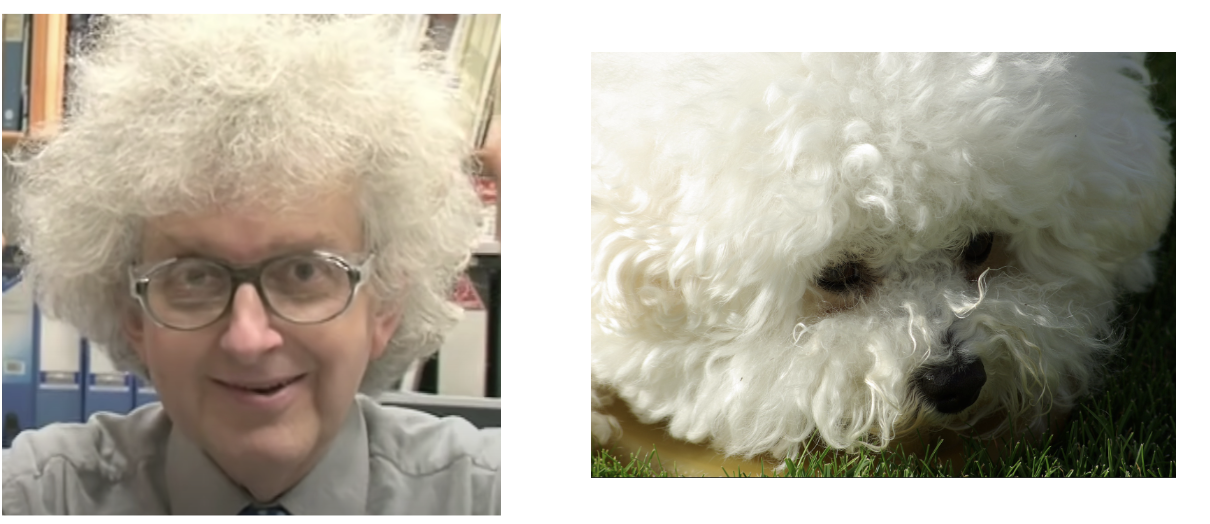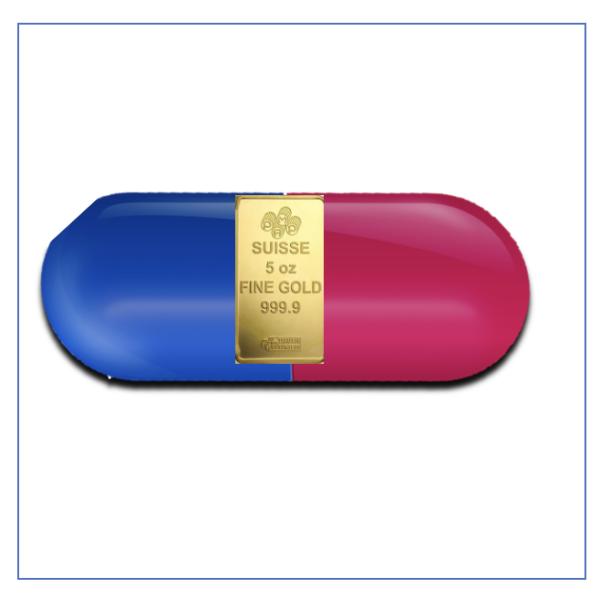Gold is an atomic snob. It has nothing but disdain for almost all chemicals that might want to bond with it. With few exceptions, gold – a noble metal (1) – is quite pleased with itself; it doesn't want to change. One of the most destructive elements, oxygen, can't put a dent in it, which is why pure shiny gold is found in the ground rather than a tarnished version.
But even Superman had to deal with Kryptonite, and gold has its own foes. One is fluorine, the element from hell, which is so badass that it will destroy just about anything.
For reasons only known to him, this maniac is incinerating a raw chicken with fluorine gas in a YouTube video.
In addition to poultry, fluorine also reacts with gold and oxygen to form gold (V) fluoride – Au2F10 – a gold salt. And while neither hydrochloric acid nor nitric acid (which is much stronger) will do a thing to gold, the combination of the two acids, called aqua regia, converts it into gold chloride. If you want to see how this is done, here is a fascinating YouTube video by Sir Martyn Poliakoff, a Research Professor of Chemistry at the University of Nottingham, and one of the best chemistry educators on the internet. Nonetheless, it would seem that Poliakoff either hasn't seen a barber since WWII or is wearing his dog on his head.

Credits: YouTube, Alan English on Flickr
What does this have to do with medicine?
Rheumatoid arthritis (RA) is a nasty autoimmune disease. (Quiz: What's the difference between rheumatoid arthritis and osteoarthritis?) Although there are many treatment options now, this was not the case years ago. Gold salts were first used to treat RA nearly a century ago.
Although the mechanism of how gold salts treat RA was largely a mystery for years, a 1996 paper attributes its efficacy to its effect upon cytokines, ubiquitous proteins that play a critical role in inflammation. A quote from the paper is telling; aside from elucidating the mechanism, the extent of progress in treating RA – even since 1996 – is apparent [emphasis mine].
Gold is one of the oldest and most effective drugs in the treatment of rheumatoid arthritis. Gold unfolds its therapeutic efficacy through various influences on the immune system. Gold alters antigen-processing and reduces cytokine expression of macrophages. Additionally, gold reduces adhesion molecules, antibody production and inhibits proteolytic enzymes. However, macrophages also oxidize gold(I) to gold(III) which is - by its increased protein reactivity - responsible for a large part of the gold side-effects.
Burmeister and Barthel, Z Rheumatol, 1996 Sep-Oct;55(5):299-306.
Gold therapy is no longer the gold standard
The expression "as good as gold" no longer applies to gold therapy. Gold sodium thiomalate, formerly the most commonly used gold salt, is no longer made in the US, nor do doctors use it anymore. Why? Toxicity. Although newer disease-modifying antirheumatic drugs (DMARDs) are not the most pleasant medications in the world to take, the use of gold RA therapy hasn't fallen off a cliff for no reason. Toxic effects of varying severity – some transient and some lethal – include
- dizziness
- nausea and vomiting
- flushing and sweating
- lightheadedness
- increased joint pain at the start of treatment
- kidney disease
- eye pain
- mood or mental state changes, such as confusion or hallucinations
- fainting
- difficulty breathing
- stomach pain
- skin rash or another allergic reaction
- lower leg edema
Source: Medical News Today
Bottom line
"As good as gold" may still apply to economics (especially in times of high inflation), but this is no longer the case in medicine. It is safe to say that the "Golden Age" of RA treatment has now been relegated to the history books. But looking on the shiny side, there are about a dozen immunosuppressant drugs that do a better job than there were just 25 years ago. Don't underestimate the advance in therapy that they bring to the increasing number of people who are suffering from diseases, with roots in the immune systems.
NOTE:
(1) There are also noble gases, which like gold, are chemically unreactive. The common noble gases are helium, neon, and argon.




